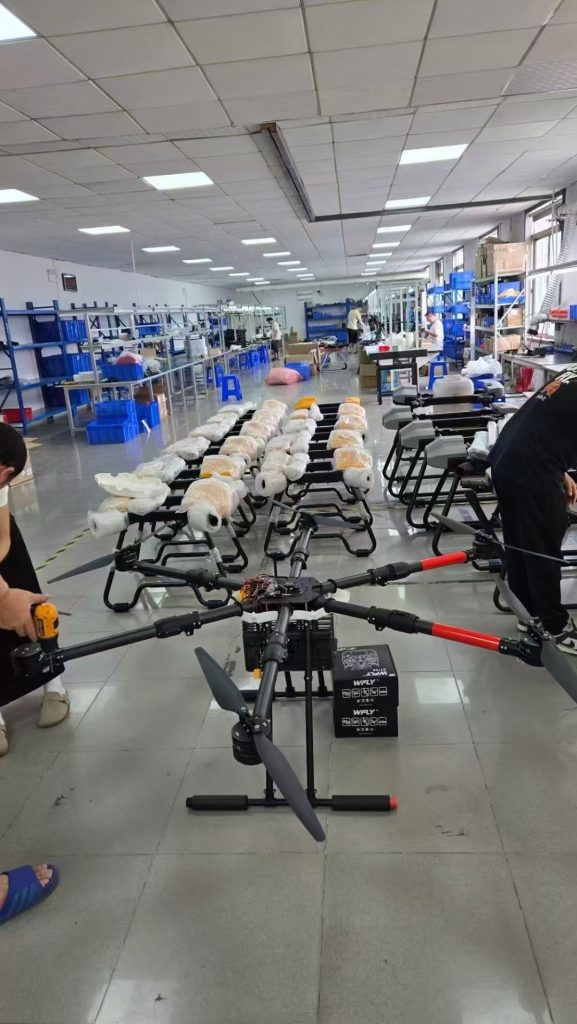
Wings Over the Ardennes: How Chinese Agri-Drones Are Nurturing Luxembourg’s Family Farms
Luxembourg’s countryside, a patchwork of emerald fields, dense forests, and vineyards clinging to the Ardennes hills, is a land where agriculture is woven into the nation’s identity. Here, family-run farms—most no larger than 10 hectares—tend to golden wheat, plump potatoes, and prize-winning Crémant de Luxembourg sparkling wine. Yet beneath this idyllic surface, challenges simmer. An aging farmer base (over 55% are over 60), a shrinking workforce as young Luxembourgers move to Luxembourg City or Brussels, and mounting pressure to farm greener—cutting pesticide use, protecting waterways, and adapting to unpredictable weather—threaten the survival of these intimate, tradition-rich operations. It’s here, amid the clatter of tractor gears and the hum of bees, that an unlikely helper has taken flight: agricultural drones imported from China, now gliding over Luxembourg’s fields to prove that even the smallest, most cherished farms can thrive with the right innovations.
Luxembourg’s Farms: Small Plots, Big Struggles
Luxembourg’s agriculture is defined by its scale and soul. In the north, near Diekirch, fields of durum wheat sway beside forests; in the south, Moselle Valley vineyards produce crisp whites that rival France’s best. Yet for all its charm, farming here is a daily act of resilience.
“My family has farmed this 8-hectare plot in Echternach since 1930,” says Jean-Pierre, a 67-year-old wheat farmer. “Today, it’s just me and my granddaughter, Léa. Hand-spraying fungicides on 5 hectares takes two days—by then, the rust fungus has already spread. And last summer’s drought? It stunted my potatoes. Young folks? They’re off to universities. Who will tend these fields if we can’t make farming sustainable?”
Climate change has sharpened these strains. Hotter summers dry soil faster, while autumn floods turn low-lying fields into mud. EU sustainability rules demand sharper cuts in pesticide use—down 30% by 2030—while consumers increasingly seek “eco-friendly” produce. “We’re being asked to produce more with less,” adds Martine, who runs a family dairy farm in Redange. “But how? My hands are full just keeping track of 30 cows. Monitoring their pasture health alone takes hours.”
Drones Crafted for Luxembourg’s Land and Legacy
When we first explored exporting to Luxembourg, we didn’t just send drones built for larger, flatter landscapes. We studied the country: its forested hills, narrow country lanes, and the quiet pride of its farmers in doing things “the Luxembourgish way.” What emerged was a machine built not just for Luxembourg’s climate, but for its culture of Gemengde Wirtschaft (mixed farming) and reverence for the land.
Compact and forest-ready: Weighing just 10 kilograms, our drones fold into water-resistant cases, easy to carry up Echternach’s wooded hills or through Redange’s cobblestone farmsteads. Their corrosion-resistant frames withstand dew from the Moselle River and frost heave in winter—critical in a place where farms hug the edge of protected forests. “In the past, my old sprayer rusted in six months,” Jean-Pierre laughs. “This drone? It’s still flying strong after two seasons of Ardennes winds and spring mud.”
Precision for small, sacred plots: Multispectral sensors map crop health at the leaf level, flagging early signs of drought or pest damage. For Martine’s dairy farm, this meant identifying overgrazed patches before they degraded—saving 25% of her pasture last season. “The drone shows me where the grass is thin,” she explains. “I move the cows, and the land recovers. No more mud pits or lost calves. The enviro inspectors noticed—no fines last year.”
Simple enough for your grandfather, smart enough for your granddaughter: Many Luxembourgish farmers are tech-curious but value tradition. We designed a French-Luxembourgish bilingual app with one-touch “health scan” modes and paired it with workshops led by local agronomists in village halls, over quetschentaart (plum tart) and crémant. “I was skeptical—drones felt like city gadgetry,” admits 22-year-old Léa, Jean-Pierre’s granddaughter, now a farm hand. “But after the training? I flew one myself. It’s like using a high-end camera—intuitive, and it makes me feel like I’m carrying on our legacy with the future. Now I’m teaching my granddad how to read the maps. It’s bringing us closer.”
More Than Machines: Trust in the Heart of Europe
In Luxembourg, trust is earned over crémant and quetschentaart and tales of the Battle of the Bulge. We didn’t just drop off drones; we set up a service hub in Luxembourg City and partnered with the Luxembourg Farmers’ Union to host “drone field days,” where farmers shared tips and celebrated small wins. “Luxembourgish farmers are proud,” says Claude, the union’s rep. “They need to see results, not brochures. But once they do? They become our biggest fans.”
That trust deepened when we adapted to their reality. During last year’s record rainfall, we rushed waterproof drone cases free of charge. When Jean-Pierre struggled to spray steep, forest-edged fields, our engineers tweaked the drone’s flight height—no extra cost. “You didn’t just sell us a tool,” Martine says. “You stayed when the sky wept. That’s Solidarité (solidarity).”
Today, drones are quietly transforming Luxembourg’s farming:
-
Wheat Farms (Echternach): Jean-Pierre now monitors his crop weekly, cutting chemical use by 35% and reducing runoff into nearby streams. “My yields are stable, but my granddaughter’s staying. She sees a future here—with drones.”
-
Dairy Pastures (Redange): Martine uses drones to map pasture growth, optimizing grazing rotations. “Better grass means richer milk. My Crémant now wins gold at the Luxembourg Food Festival—and tourists love hearing about our ‘drone-tended’ cows.”
-
Vineyards (Moselle): Farmer Pierre uses drones to scout for powdery mildew, treating small outbreaks before they spread. “Last year, I saved 20% of my grapes. The drone is my new viticulturist—faster and kinder to the vines.”
A Partnership Rooted in Respect
What began as a business venture has become a collaboration. Luxembourgish farmers teach us about their land: how drones handle the Ardennes’ sudden temperature swings, which crops (like Luxembourgish asparagus) need gentler spray settings, even which local phrases make training stick (“Volé, dron!”—“Fly, drone!”—is now our workshop cheer). In return, we’re refining our drones: larger tanks for Echternach’s bigger wheat fields, quieter motors to avoid spooking forest deer, even solar panels to extend flight time in long summer days.
As Luxembourg aims to boost organic farming by 25% by 2030, drones offer more than efficiency—they offer hope. They let young farmers like Léa see a future where technology and tradition coexist. They let elders like Jean-Pierre pass down their love of the land without burning out. And they let this small European nation prove that even in a world of mega-farms, small plots can thrive with the right tools.
So when you next see a drone gliding over Luxembourg’s wheat fields or vineyards, know this: it’s not just flying. It’s carrying the dreams of a community, the lessons of a factory halfway across the world, and the quiet belief that the most cherished traditions deserve the kindest, toughest innovations.
After all, in a place where the soil is rich with history, progress should feel like coming home—warmer, wiser, and ready to grow.
THE END

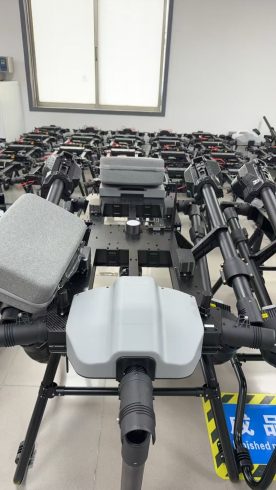
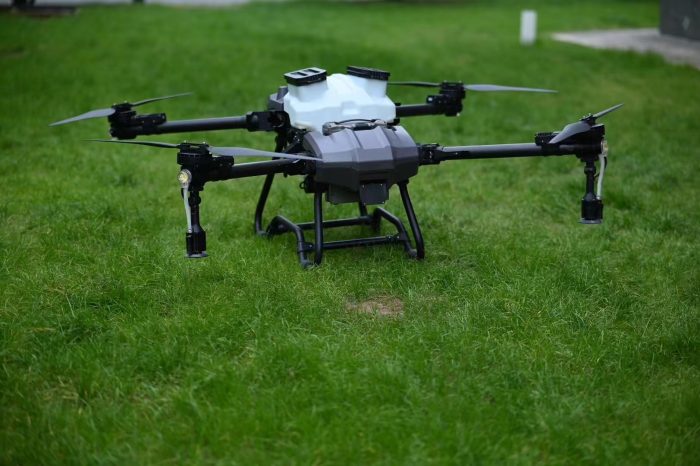
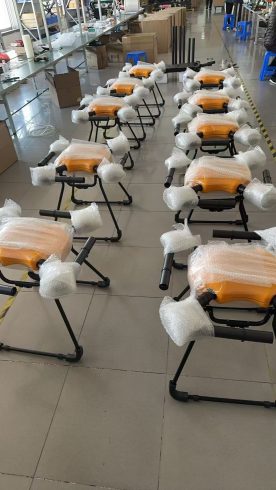
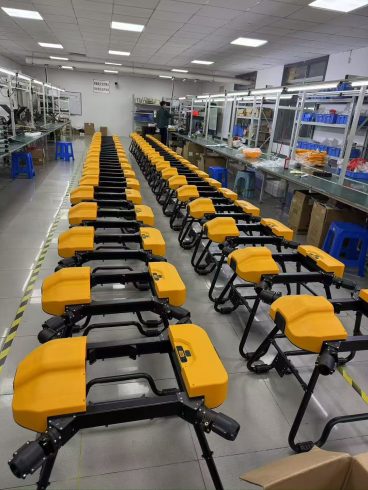


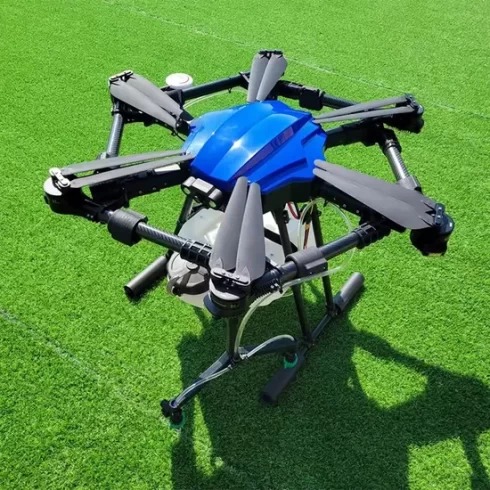


暂无评论内容